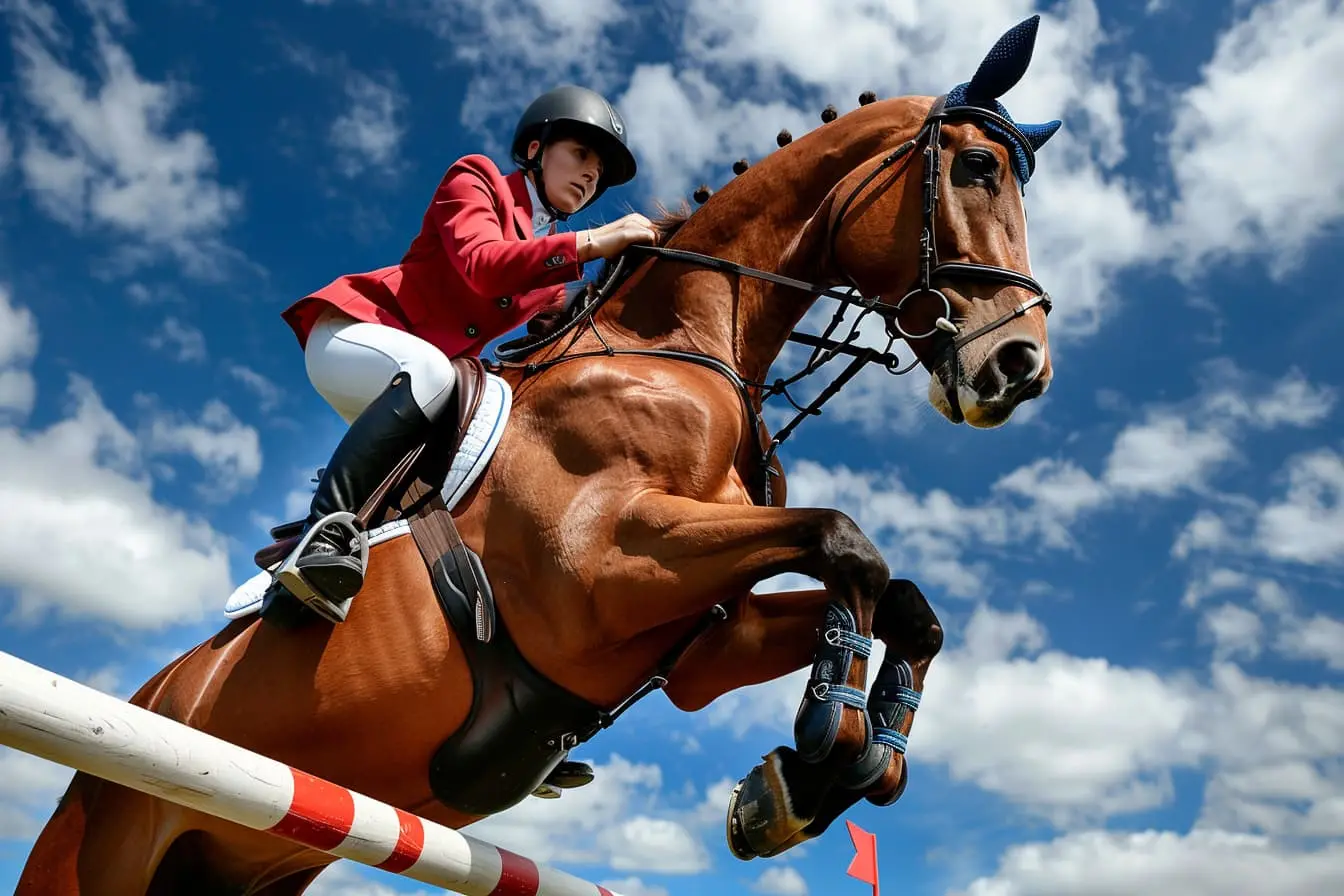
Understanding Lameness in Horses: A Guide for New Owners
Owning a horse is a deeply rewarding experience, yet it comes with its own unique challenges, one of which is recognising and managing lameness. This condition is common among horses of all ages, breeds, and disciplines, and it can significantly affect their health and performance. Lameness refers to any abnormality in a horse's gait, usually caused by pain in the legs or hooves, but it can also stem from mechanical or neurological issues. For new horse owners, understanding lameness is essential for ensuring the welfare and wellbeing of their equine friends. This blog post aims to provide you with everything you need to know about lameness, from identifying its signs to its diagnosis and treatment.
Recognising the Signs of Lameness
Identifying lameness involves observing changes in your horse’s gait or behaviour that indicate discomfort or difficulty in moving. The severity of lameness can vary, making some signs more noticeable than others. Key indicators include:
- Altered Gait: Any irregularity in walking or trotting, such as limping, uneven stride lengths, or a reluctance to put weight on a particular leg.
- Behavioural Changes: Signs of distress, such as increased agitation, reluctance to move, or difficulty performing tasks that were previously easy.
Causes of Lameness
Lameness in horses can be due to a variety of reasons, including:
- Injuries: Sprains, fractures, or muscle strains.
- Hoof Problems: Abscesses, laminitis, or improper trimming/shoeing.
- Joint Issues: Arthritis or other degenerative joint diseases.
- Infections: Bacterial or viral infections that affect the bones, joints, or hooves.
Understanding the root cause is crucial for effective treatment and management.
Diagnosing Lameness
Diagnosis often involves a combination of a physical examination, gait analysis, and possibly advanced imaging techniques such as X-rays, ultrasound, or MRI. Veterinarians might also perform a flexion test or use nerve blocks to pinpoint the source of pain. Early diagnosis and intervention can prevent the condition from worsening.
Treatment and Management
Treatment varies based on the underlying cause of lameness and may include:
- Rest and Recovery: Allowing sufficient time for healing is crucial for many types of injuries.
- Medication: Anti-inflammatory drugs or pain relief medication prescribed by a vet.
- Therapeutic Solutions: Physiotherapy, hydrotherapy, or the use of orthopaedic shoes.
- Surgery: In severe cases, surgical intervention might be necessary to correct the issue.
Preventing Lameness
Prevention is better than cure, especially when it comes to lameness. Regular vet check-ups, proper hoof care, maintaining a healthy weight, and providing a balanced diet can all help prevent lameness. Additionally, ensuring your horse is properly warmed up before exercise and cooled down afterwards can reduce the risk of injury.
Conclusion
Lameness can be a complex and distressing issue for both horses and their owners. However, with proper care, management, and preventative measures, many horses can recover from lameness and lead healthy, active lives. As a new horse owner, staying informed, observant, and proactive in your horse’s health care will make all the difference in navigating the challenges of lameness.
Vets near you
Speciality vets
- Aquatics vet specialists
- Birds vet specialists
- Camelids vet specialists
- Cats vet specialists
- Cattle vet specialists
- Deer vet specialists
- Dogs vet specialists
- Equines vet specialists
- Exotic vet specialists
- Goats vet specialists
- Pigs vet specialists
- Poultry vet specialists
- Sheep vet specialists
- Small Mammals vet specialists
- Wild vet specialists



